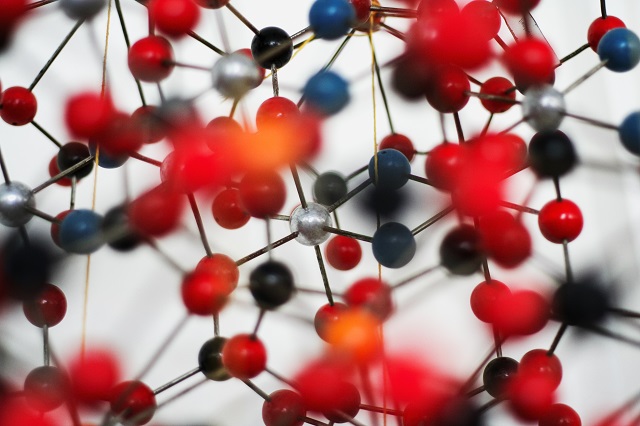 Image Credit: Gudjon E. Olafsson
Image Credit: Gudjon E. Olafsson
Researchers at the University of Adelaide have used a new nanomaterial, known as a metal organic framework, for studying crystal structures using X-rays without initially crystallizing the substance.
The study from the School of Chemistry and Physics at University of Adelaide was led by associate professors Christopher Sumby and Christian Doonan. Associate Professor Sumby stated that this year is the International Year of Crystallography, signifying the relevance of this century-old science to most of the technologies in our present-day society.
He added that their present research proves that crystallography still sheds more light on material structures and helps study chemical reactions while in progress or after completion, which is impossible with conventional crystallography techniques.
The metal organic frameworks are used to bind together the metal complex catalyst and its chemical reactants. Associate Professor Doonan said that it was then possible to study the structures of the products obtained after the reaction using X-rays, without the need for growing crystals or isolating the product.
Effective snap shots of the chemistry were captured by the researchers, which helped to analyse the reaction products in their native state. As a result, structural evidence can be offered for the occurring chemical transformations.
Sir William Bragg began his research on X-rays and crystal structure at the University of Adelaide when he was the Elder Professor of Physics and Mathematics.Sir Lawrence Bragg, his son was a university graduate and the father and son team, over a century ago won the Nobel Prize for pioneering the use of X-rays for ascertaining the crystal structure. The new research work is being performed in the North Terrace Campus of the University in the Bragg Crystallography Facility.